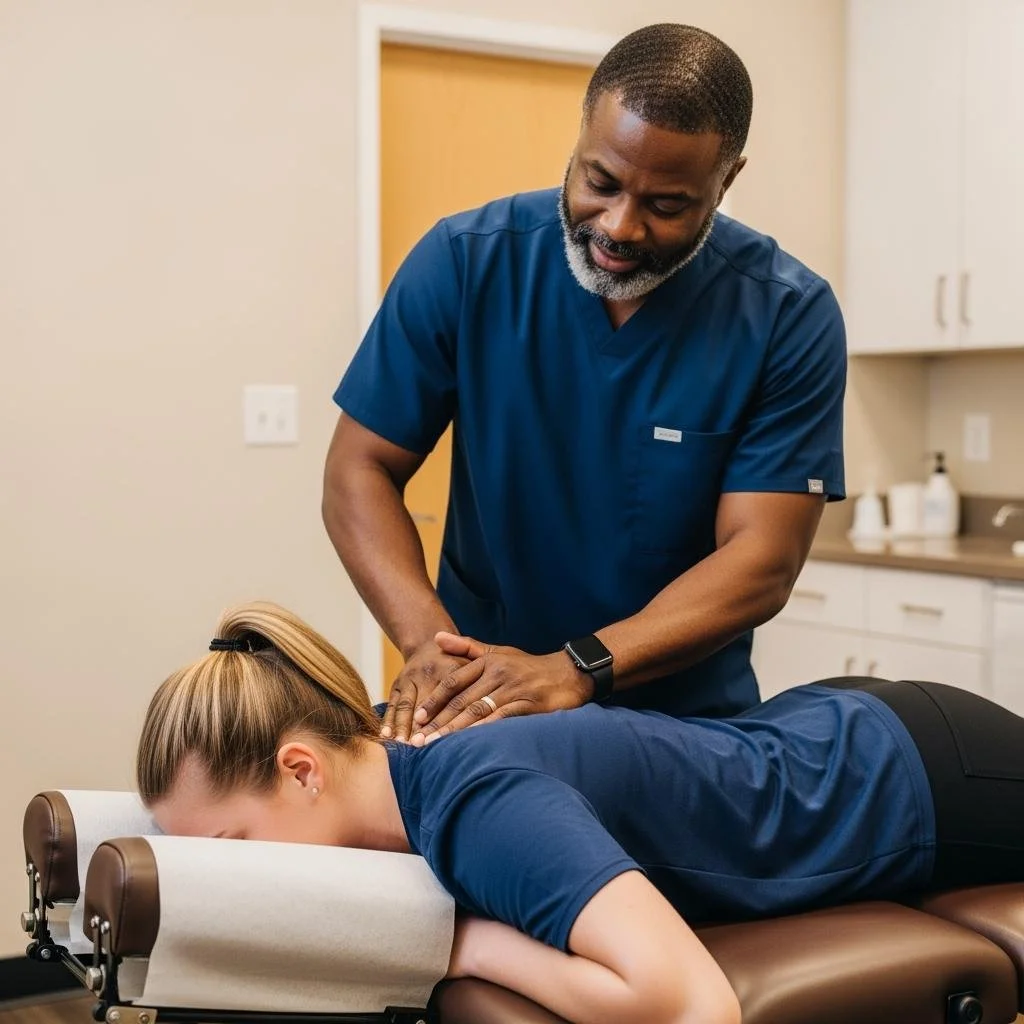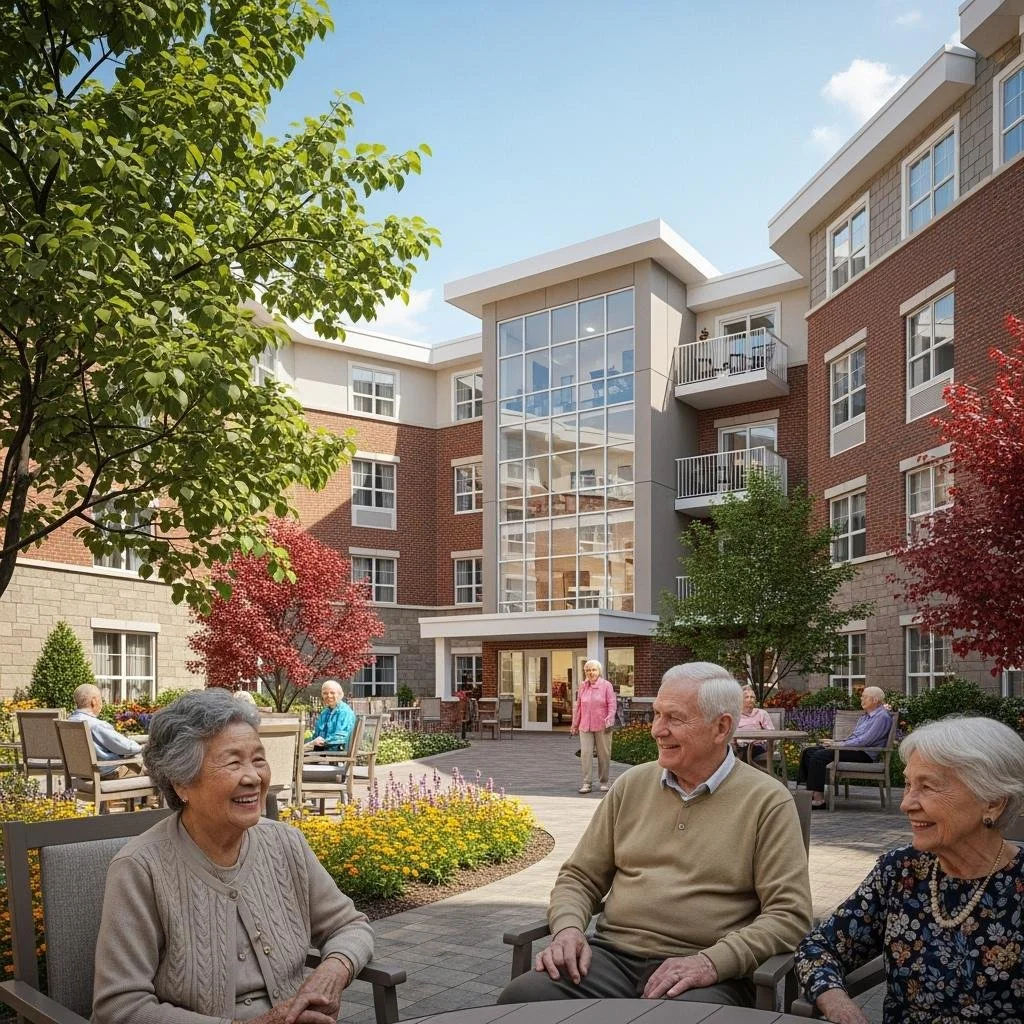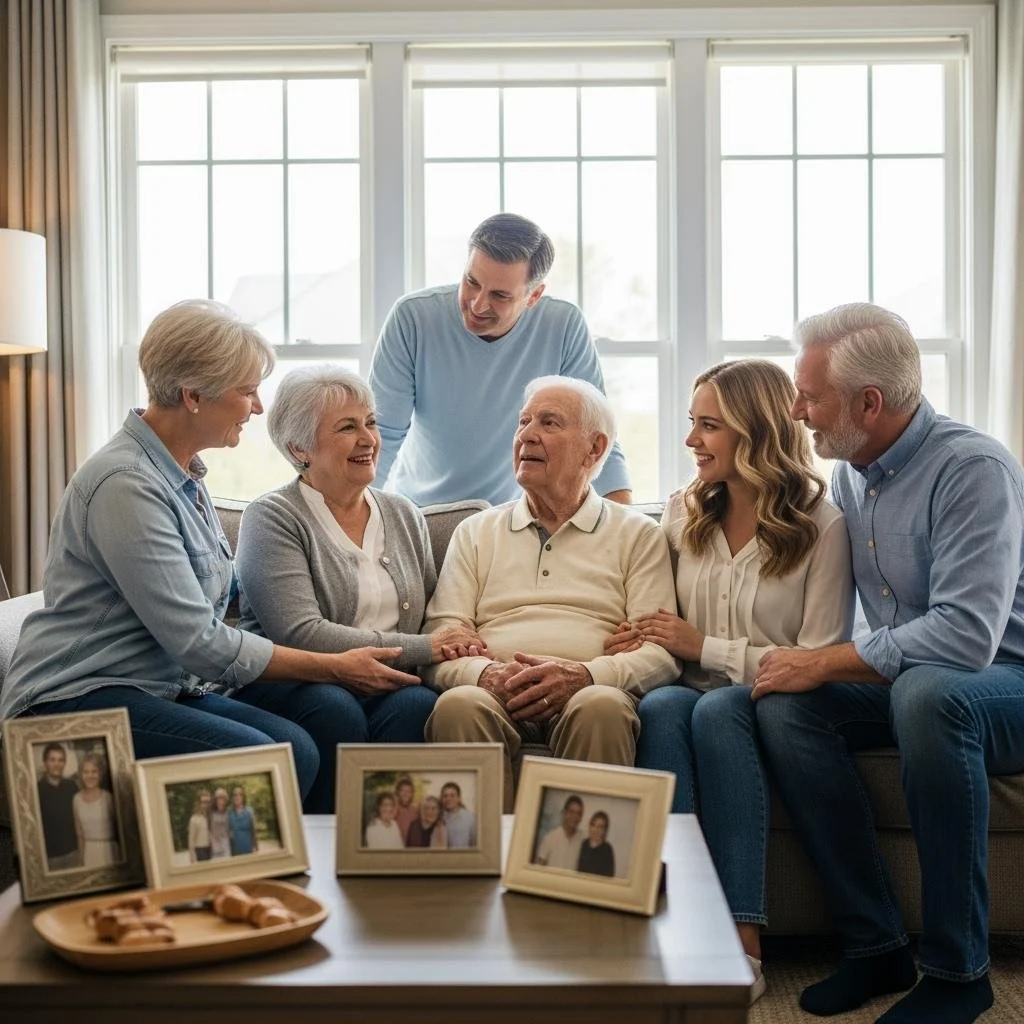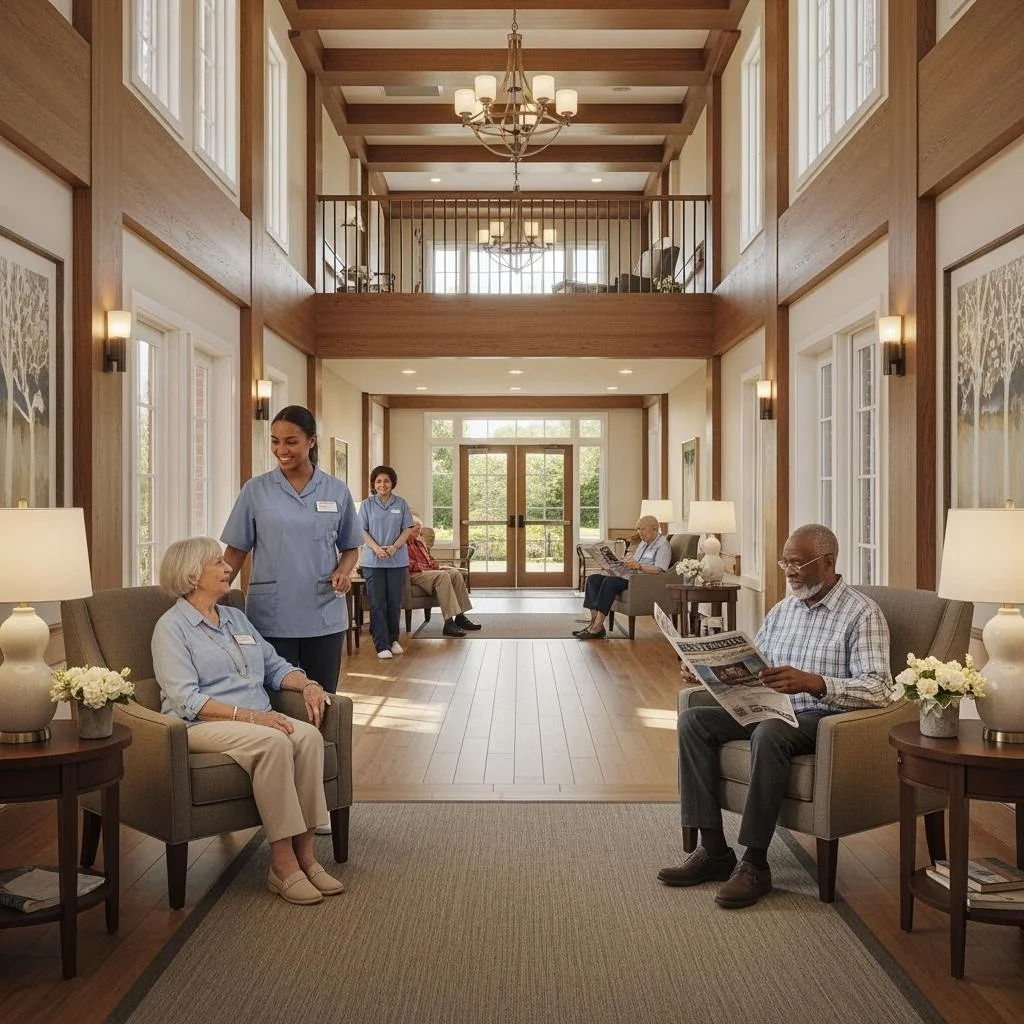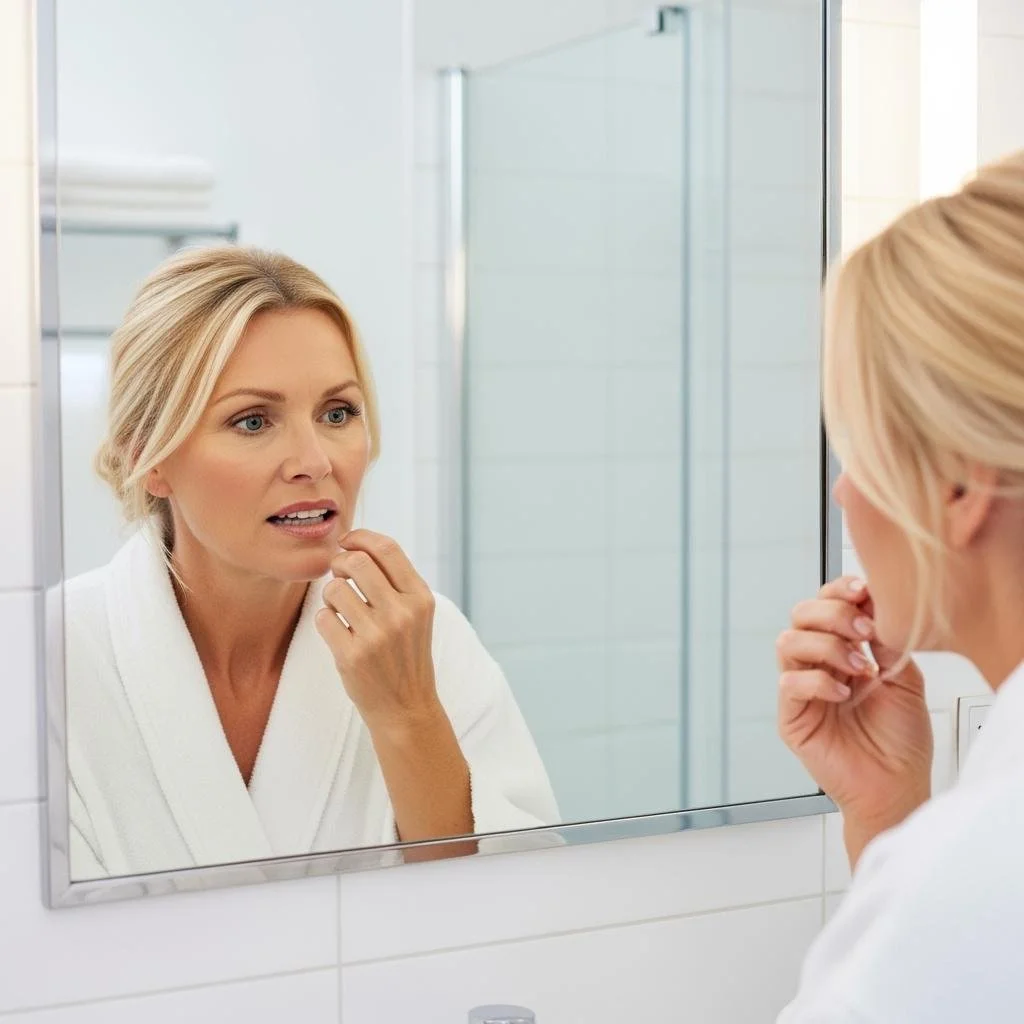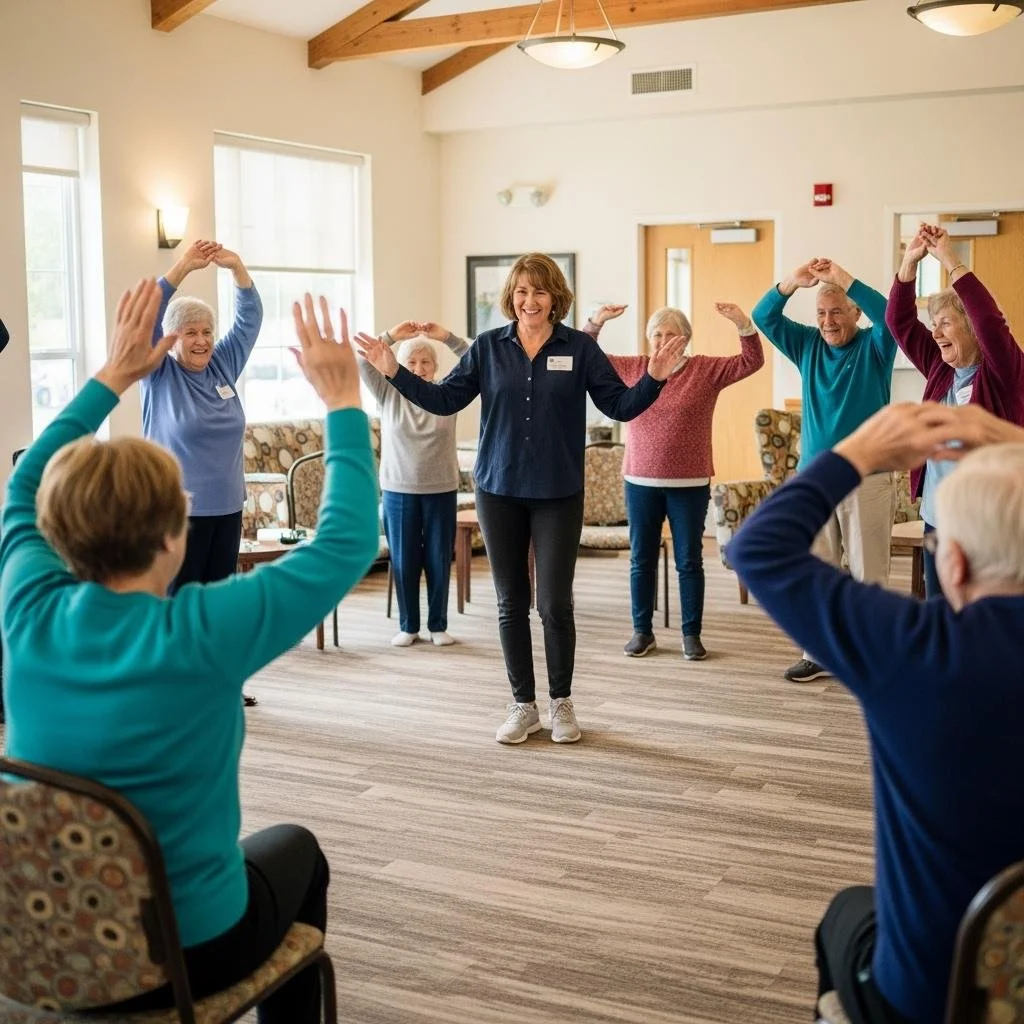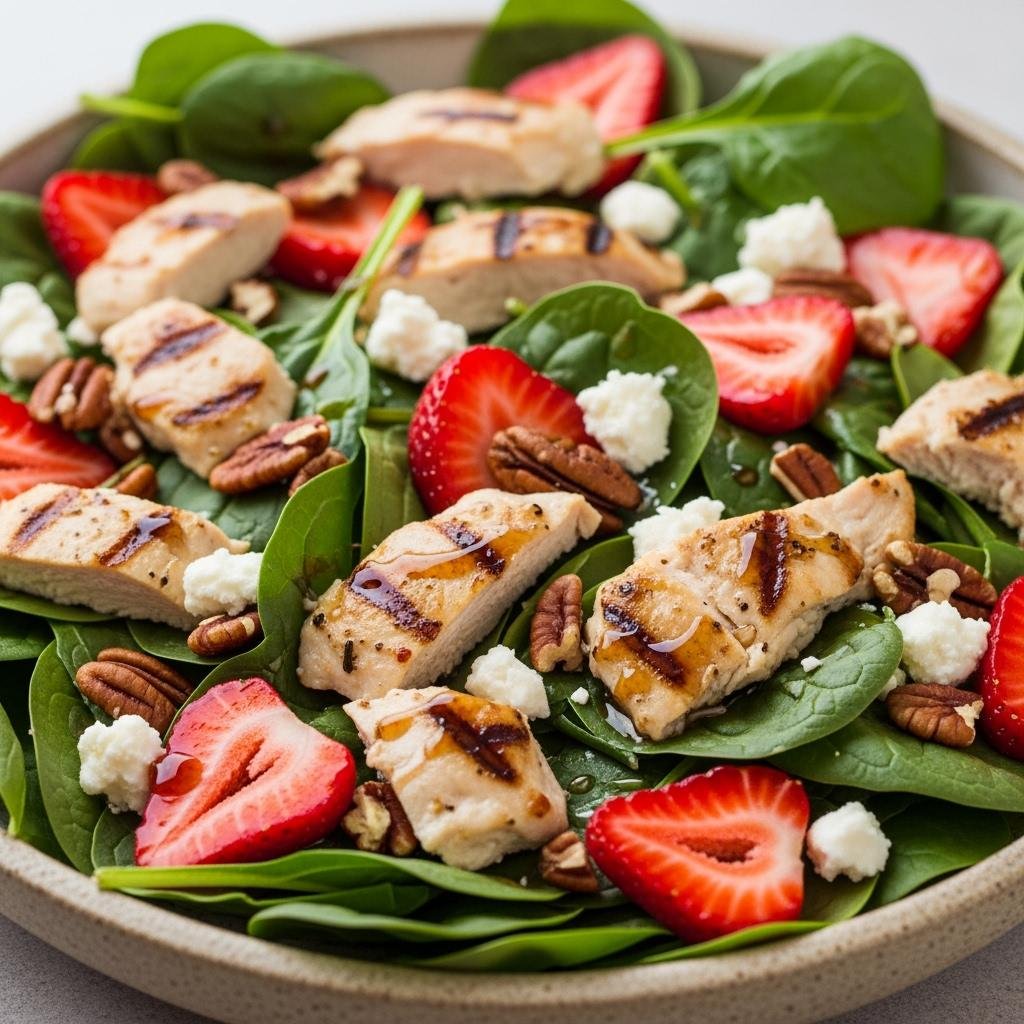Chiropractic care has long been a topic of debate in both medical circles and public discourse. Once dismissed as fringe or pseudoscientific, chiropractic treatment has steadily gained recognition as a viable alternative or complementary therapy for managing back pain, neck pain, and other musculoskeletal conditions.
But the question remains: Is chiropractic care grounded in science, or is it still considered pseudoscience?
In this article, we’ll take a closer look at what chiropractic treatment entails, explore what current research and medical experts say, and break down the myths, benefits, and limitations of this increasingly popular form of care. Whether you're considering chiropractic care in Mississauga or simply curious about its legitimacy, this guide will help you make an informed decision.
No. 1
The Science Behind Chiropractic Care
At its core, chiropractic care focuses on diagnosing and treating mechanical disorders of the musculoskeletal system—especially those related to the spine. Chiropractors use manual spinal adjustments and other techniques to improve joint mobility, reduce pain, and stimulate the body’s natural healing abilities.
The foundational belief is that proper spinal alignment positively affects the nervous system and overall health. While this concept may sound simplistic, chiropractic care has evolved to incorporate more evidence-based practices, especially in the treatment of back and neck pain.
No. 2
What Does the Medical Community Say About Chiropractic?
The medical community has historically been skeptical of chiropractic care. However, that skepticism is slowly shifting. Today, many physicians recognize chiropractic as a complementary therapy, particularly for conditions like:
Acute and chronic lower back pain
Neck pain
Tension headaches
In countries like Canada, spinal manipulation is even included in clinical guidelines for managing certain musculoskeletal issues. Still, it’s important to note that chiropractic is not a cure-all and should be used judiciously as part of a broader healthcare strategy.
No. 3
What Does the Research Say?
Several peer-reviewed studies support the effectiveness of chiropractic care for specific conditions:
2017 – Journal of the American Medical Association (JAMA): A meta-analysis found that spinal manipulation significantly reduced acute low back pain.
2012 – Spine Journal: Chiropractic adjustments were more effective than medication for managing neck pain.
2020 – BMJ Open: Chiropractic care was associated with reduced opioid use among patients with back pain.
These findings suggest that chiropractic treatment is scientifically supported for certain types of pain, particularly those involving the spine and joints.
Koapro
The KOAPRO Original Fascia Massage Tool delivers a full-body massage, perfect for targeting those hard-to-reach areas anytime, anywhere.
No. 4
Conditions Chiropractic Care Can Help With
Chiropractic treatment has shown benefits for a variety of conditions, including:
Lower back pain
Neck stiffness and pain
Tension-type and cervicogenic headaches
Sciatica and nerve compression
Whiplash
Joint pain in the arms and legs
Minor sports injuries
Postural issues from sedentary lifestyles
Patients often report:
Improved mobility
Reduced inflammation
Decreased reliance on medications
Enhanced quality of life
No. 5
Mississauga Chiropractic Care: A New Solution
In urban centres like Mississauga, chiropractic services increasingly represent the new norm of health and wellness programs. With its natural healing focus and conservative interventions, chiropractic services in Mississauga are widely known as an alternative source of pain relief.
Whether it is an injury during sports, postural problems at work because of lengthy working hours, or back pain with aging, all of the residents go for chiropractic treatment in Mississauga in order to relieve the symptoms and recover.
Good clinics tend to work alongside physiotherapists, massage therapists, and general practitioners for a holistic approach.
No. 6
Debunking Common Myths About Chiropractic
Let’s address some of the most persistent myths:
Myth 1: Chiropractors Aren’t Real Healthcare Providers
Fact: Chiropractors undergo extensive education, including a university degree and four years of chiropractic training. They must pass licensing exams and are regulated professionals.
Myth 2: Chiropractic Adjustments Are Dangerous
Fact: While no medical treatment is without risk, serious complications from chiropractic adjustments are rare. Most patients experience relief or mild soreness similar to post-workout stiffness.
Myth 3: Chiropractic Can Cure All Illnesses
Fact: Chiropractic is most effective for musculoskeletal conditions. It is not a replacement for conventional treatment of serious illnesses like cancer, infections, or cardiovascular disease.
No. 7
Advantages of Chiropractic Care
Drug-free and non-surgical approach
Personalized, hands-on treatment
Focuses on root causes, not just symptoms
Can improve mobility and physical function
Often used to complement other therapies
No. 8
Limitations of Chiropractic Care
Not effective for every condition
Frequent visits may be necessary for chronic issues
Results vary depending on the practitioner and the condition
Not a substitute for emergency or specialized medical care
No. 9
What Does the Overall Research Indicate?
The strongest evidence supports chiropractic care for:
Acute low back pain
Cervicogenic headaches
Neck pain from poor posture or stress
The best evidence is available for acute low-back pain and cervicogenic headache (headache originating from neck issues). For other conditions, more research is needed.
Chiropractic is best used as part of a comprehensive wellness plan that includes:
Physical activity
Stretching
Stress management
Healthy lifestyle habits
In this context, chiropractic is not pseudoscience, but a scientifically supported, complementary therapy when applied appropriately.
No. 10
When Has Chiropractic Been Most Effective?
Studies and clinical experience show chiropractic care is most beneficial for:
Lower back pain (acute and chronic)
Neck pain from poor posture or stress
Tension and migraine headaches
Sciatica due to nerve compression
Sports injuries like joint stiffness or strains
Postural issues in office workers
In these cases, chiropractic adjustments can help:
Relieve pain
Restore range of motion
Enhance physical performance
No. 11
How to Find a Qualified Chiropractor
If you’re considering chiropractic care, here’s how to find a reliable provider:
Verify credentials: Ensure they’re licensed by the College of Chiropractors of Ontario.
Check reviews: Look for patient testimonials and ratings.
Ask about techniques: Some chiropractors specialize in specific methods—find one that suits your needs.
Look for integrated care: Clinics that offer physiotherapy or massage therapy often provide more holistic treatment.
Book a consultation: A good chiropractor will explain your options, listen to your concerns, and never pressure you into unnecessary treatments.
Takeaways
So, is chiropractic care science or pseudoscience?
The answer is clear: chiropractic is a legitimate, evidence-based therapy for many musculoskeletal conditions—especially when applied within its proper scope. While it’s not a cure-all, it can be a powerful tool in your healthcare toolkit, offering drug-free relief and improved mobility.
Whether you’re exploring chiropractic care in Mississauga for back pain, posture correction, or stress relief, the key is to choose a qualified, experienced practitioner who prioritizes your overall well-being.
With the right approach and realistic expectations, chiropractic care can become a valuable part of your long-term health and wellness journey.
Looking for Wellness resources?
Are you looking to enhance your wellness routine? Explore our wellness partners who offer a wide range of resources to support your journey toward holistic living and well-being.
